Layo Bright



Front cover: To Have and To Hold V, 2022
Back cover: To Have and To Hold II, 2022 (detail)
November 12, 2022-January 7, 2023
Introduction by Alyssa Brubaker
Designed by Megan Foy
Edited by Staci Boris Photographed by Robert Chase Heishman
This catalogue was published on the occasion of Layo Bright’s first solo exhibition at Monique Meloche Gallery, Chicago.
Introduction 8
Artist in Conversation 12
Installation views 18
Artworks 28
Artist Biography 64
 by Alyssa Brubaker
by Alyssa Brubaker

moniquemeloche is pleased to present Layo Bright: Rockhaven, the artist’s first solo exhibition at the gallery.
Bright, a Nigerian-born, New York-based sculptor, explores themes of migration, inheritance, legacy, and identity through hybrid portraits and mixed media. Concerned with mining personal archives and collective experiences, she interrogates how materials shape perception, culture, and politics, drawing inspiration from architecture, plant forms, and ancestry. Working with a range of materials such as glass, clay, wood, and textiles, the artist uses novel material intervention to create space for African narratives.
The exhibition presents a series of glass sculptures which honors Bright’s heritage and familial home in Nigeria, Rockhaven, a safe haven where generations of family members have gathered to celebrate, mourn, and share collective experiences. The exhibition’s main feature, a glass water fountain, is a heraldic symbol for legacy and an ode to sanctuary. Water, symbolic in Nigerian culture for bringing life, reclaims the environment with its rejuvenation properties. As it flows endlessly through each level of the black glass, viewers experience a collective renewal and connection to the depths of our own histories. Through the artist’s personal lens, Bright considers the aspirational act of naming a home and the significance of upholding space within the unpredictable terrains of life.
Also on view are a series of glass works that merge visages with foliage, creating hybrid forms inspired by Greek architectural elements called Caryatids – female figures that are embedded into buildings as architectural support. Encircling the gallery, repeating glass faces adorned with leaves mirror portraits of the artist’s great grandmother Solabomi and grandmother Tinuola, a meditation on women who uphold space, the lives they’ve lived, and the stories they carry. Installed above eye level, the matriline overlooks in silence, embodying oracles of sacred knowledge who bear witness to the passage of time as represented through the functioning glass water fountain installed in the center of the gallery. Titled To Have and to Hold, the glass portraits create opportunity for self-reflection – figuratively as the artist contemplates her own family dynamics, and literally as viewers see themselves reflected with-
in the act of looking. Through these varying levels of perception, a duplicity is revealed as we shift through and contend with the different faces we wear. Concerning the history of African masks, Bright connects the physical with the spiritual where glass becomes a medium for the ancestral powers that animate all things.
Taken together, the works on view mirror fragile, yet complex relationships with the personal, natural, and built environment. Bright’s works examine notions of nurture and legacy, inspired by our unique backgrounds, the fragility of life, and the resilience to survive while navigating complex issues that seem to define us.
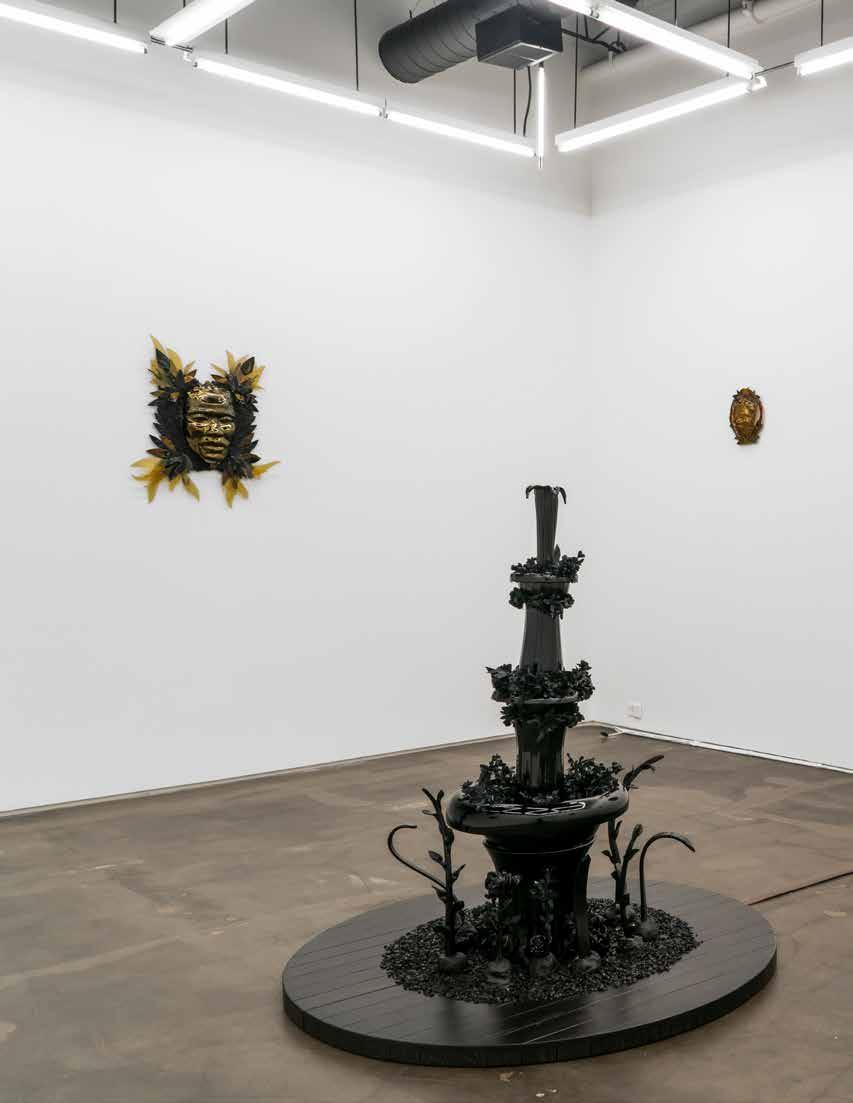
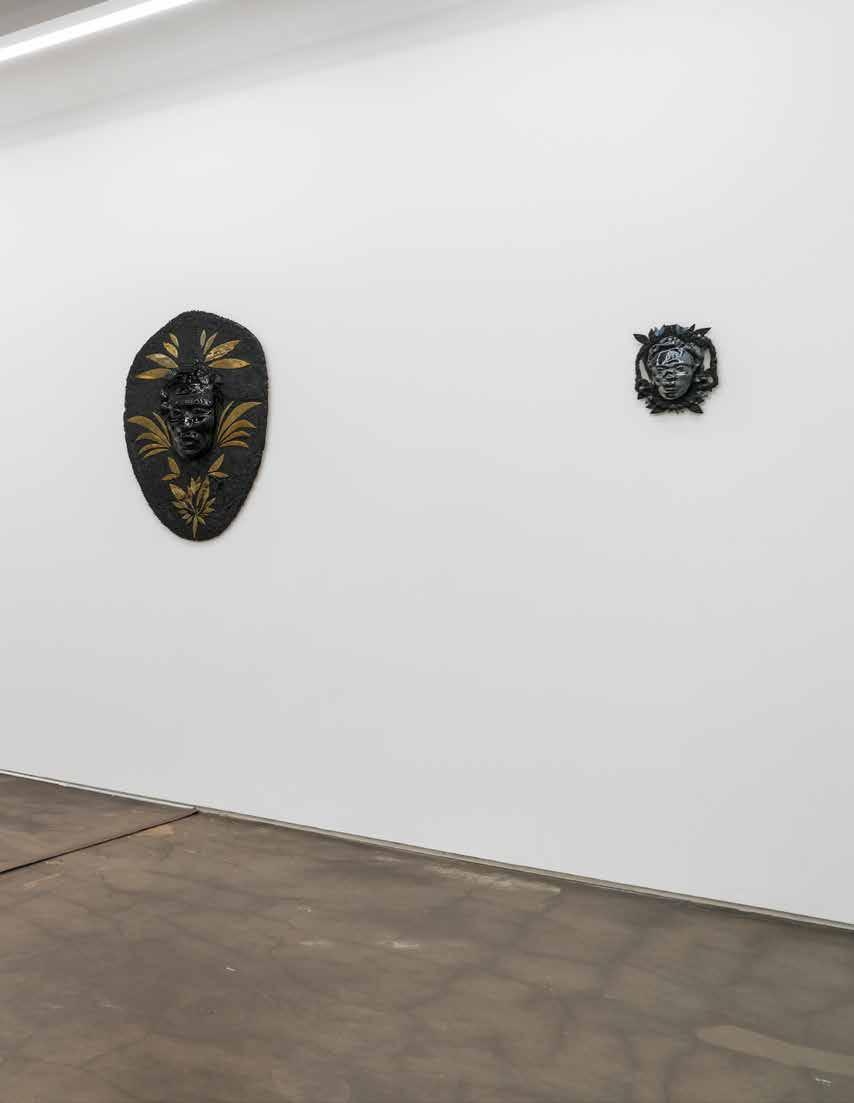
Below is an abbreviated transcription of several conversations between Layo Bright and her grandmother Mrs. Agnes Tinuola Ifaturoti recorded in December 2019. These conversations discuss the strong matriarchal presence in Bright’s family linage and reference the book To Have and To Hold authored by maternal grandparents Kunle and Tinu Ifaturoti.
Layo Bright: *reading from text by Grandmother, about my great Grandmother’s wedding date* Miss Frances Solabomi Olufowora. Daughter of Chief Olufowora of Igbein, Abeokuta. Wedding date 22nd April 1926, St. Petersburg, Abeokuta.
Grandma Tinuola: The church is no longer in use, because there’s a new church. It’s a tourist attraction now.
Layo: *looks at photo and reads text on the back of it. Text is in Grandmother’s writing* Mama Majek holding baby Bukola Bright.
Tinuola: This is 4 generations. Mama came to visit us and Debisi happened to be there too.
Tinuola: I knew my grandmother, she died in 1921. We called her Mama Igbein. February 5, 1964. She died in Ibadan, and my mother was looking after her in Ibadan prioir to that. Her name was Rosaline Kehinde Olufowora. She’s supposed to be a Sierra Leonean. Her husband had many wives like men of those days.
Layo: She was Sierra Leonean?
Tinuola: She was from Sierra Leone, and she used to speak English the way they spoke it there. 3 children survived her: Mrs. Adetayo, then my mum, then a son Mr. Olufowora. I wish someone could write all this history. Daddie (my Grandfather, her husband) attempted but he didn’t finish. He remembered his line, and I remember my father and grandfather’s. That was how far I
could go.
Layo: I’ll join it all and continue on.
Tinuola: You can’t know more…you know your parents and grandparents but not your great grandparents. History is interesting…I’m the only one left now. There are some things I’d like to ask my sisters but they’re gone now. We knew a bit about our mother’s side because we knew her (grandmother) and used to go and visit her when we were little in Abeokuta. They lived very close to the Abeokuta Grammar School and our grandfather, Olufowora, we didn’t know him but they said he owned the land on which the Abeokuta Grammar his father and grandfather’s school was built. Our grandmother lived very close to the church and the grammar school very many ago.
Olufowora was a very influential man with a big compound, and I still remember that each wife had her own home leading to a verandah.

Layo: How many wives did he have?
Tinuola: I don’t remember but my mother had many sisters and brothers. She wrote down their names somewhere…
Tinuola: This is my mother’s handwriting…I remember when Kike was in Queen’s School Ibadan when her grandmother used to visit her. Her friends would say “So your grandmother is literate?!” I said in Abeokuta, most people are literate…So she wrote this. This is the letter she wrote to me before she died. This is the photocopy.
Layo: I can’t read it, it’s in Yoruba.
Tinuola: Chief Pa Olufowora Williams, the Are of Igbein, died in 1913. And all these people are his sons and daughters. This is in my mother’s handwriting. She died in 1985, October 3rd. We buried her on October 12th on your mum’s birthday. She (your mum) was there. Within 9 days we did the burial. I remember the coffin maker was within walking distance. Actually, she died in our house in Ilesha. We had sent for my sister so when she died my sister and I were there. We were going to call my other sister Mrs. Edun to come that day but we couldn’t. She had died that day. And we took her to the mortuary in Ibadan. This was in 1985.
Papa died in 1983. It was on the day we were burying him that my aunty died, the elder sister of my mother. And they lived in the same neighborhood. In 1983… if I had time, I’d have brought a book about wars in Egbaland. Lawale Edun’s father was one of the people who ruled Abeokuta. You don’t know the history of Abeokuta. We had our own kingdom, Egba United Kingdom. We ruled ourselves.

Layo: I didn’t know about all of that, or the Egba side.
Tinuola: You see it’s a bit difficult for us because even though we were all born in Abeokuta, our father moved to Ibadan in 1942. And around that time a lot of young men thought Ibadan was more than Abeokuta, and people from Ijebu and Abeokuta moved to Ibadan. Even though we had moved to Ibadan, our house in Abeokuta was still there and our relations were still living there. They even made my father a Chief in Abeokuta. What broke the continuity was when he married a second wife. You know Tolu Majekodunmi. He is the first child of the second wife.
That woman who my father married and brought into our family. It broke up our unit. It was father, mother and 3 daughters. But when she came, she came in 1948, it broke up that union. And at least now they’re all dead and gone, we’re friendly with our half brothers and sisters. That part of our family history is not a pleasant one. The pleasant one was when my father had only 1 wife and us 3 daughters. We were 16 and my sister was 21 when Papa married a second wife. We were all living in the family house. It’s not a time I like to remember. We were all living together in the house in Ibadan till I got married at 21. And that was when Mama had to leave her marital home, until she died. We built her a house. At that time she was living alone, on her own, forced to leave her marital home. She lived there for 7 years before she died.
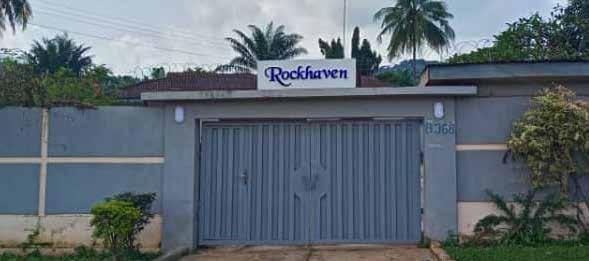
Layo: I’ve been talking with my dad about our family history, because with our surname being “Bright” I’ve always been curious about where it came from.
Tinuola: Daddie’s (her husband) family used to be George. He was Mr. George, from the white person that used to teach them back then. I can’t remember what year they changed their name from George. But when his own mother died (his mother died January 2, 1925 when he was just 4 years old)…his father was working in Epe as a sanitary inspector. They buried her the following day on 3rd January 1925. She died as Mrs. Christiana Aina George, because the family name was George then.

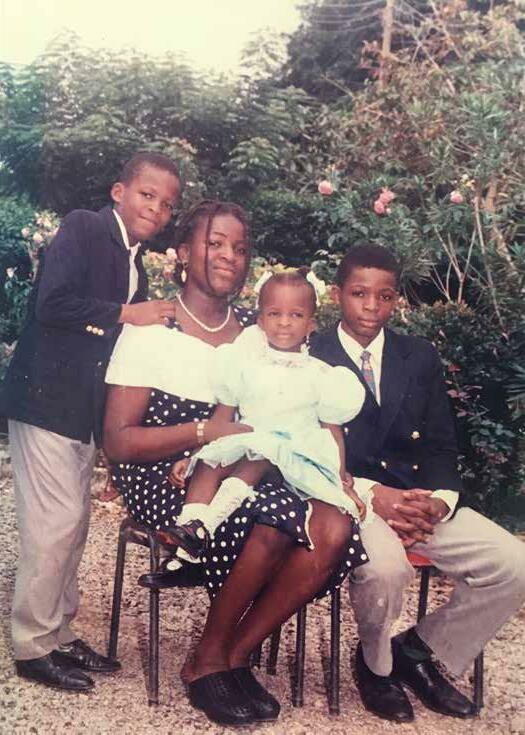
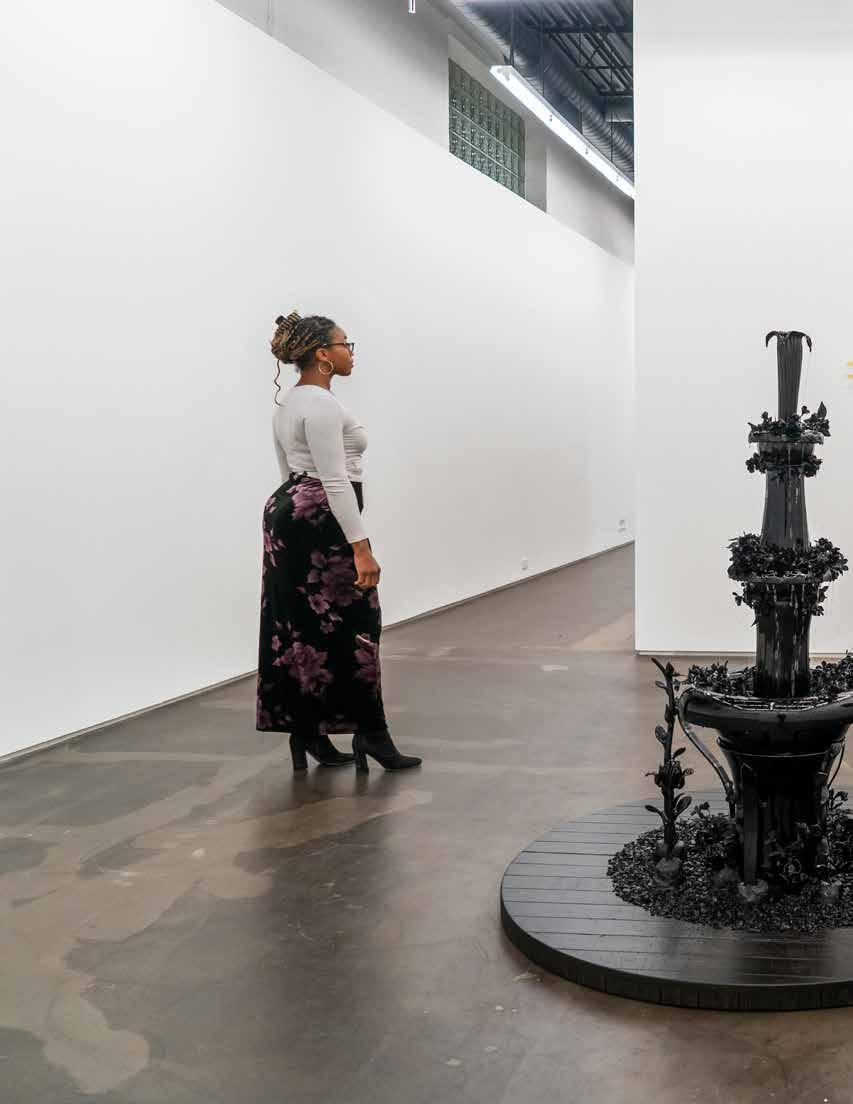
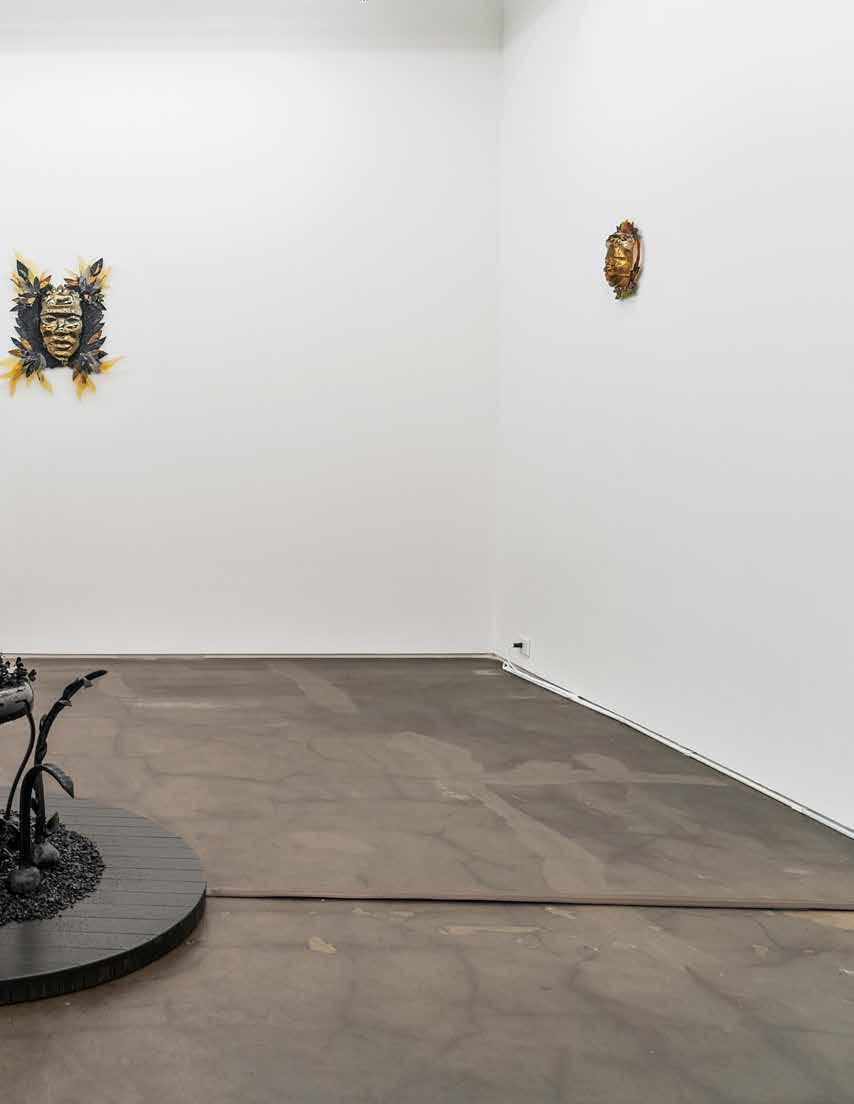

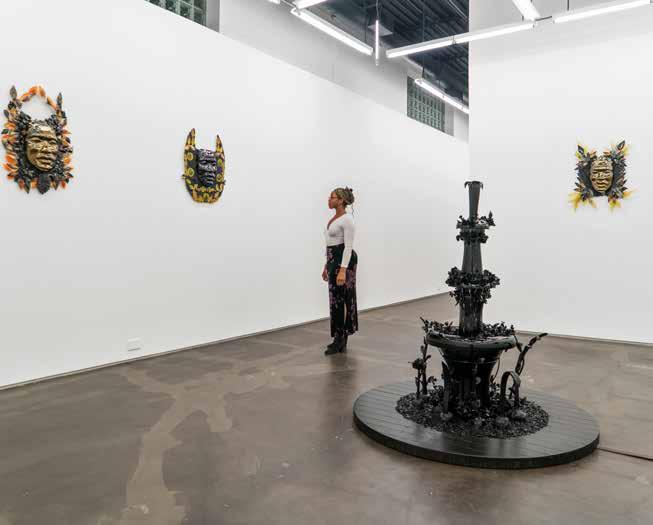
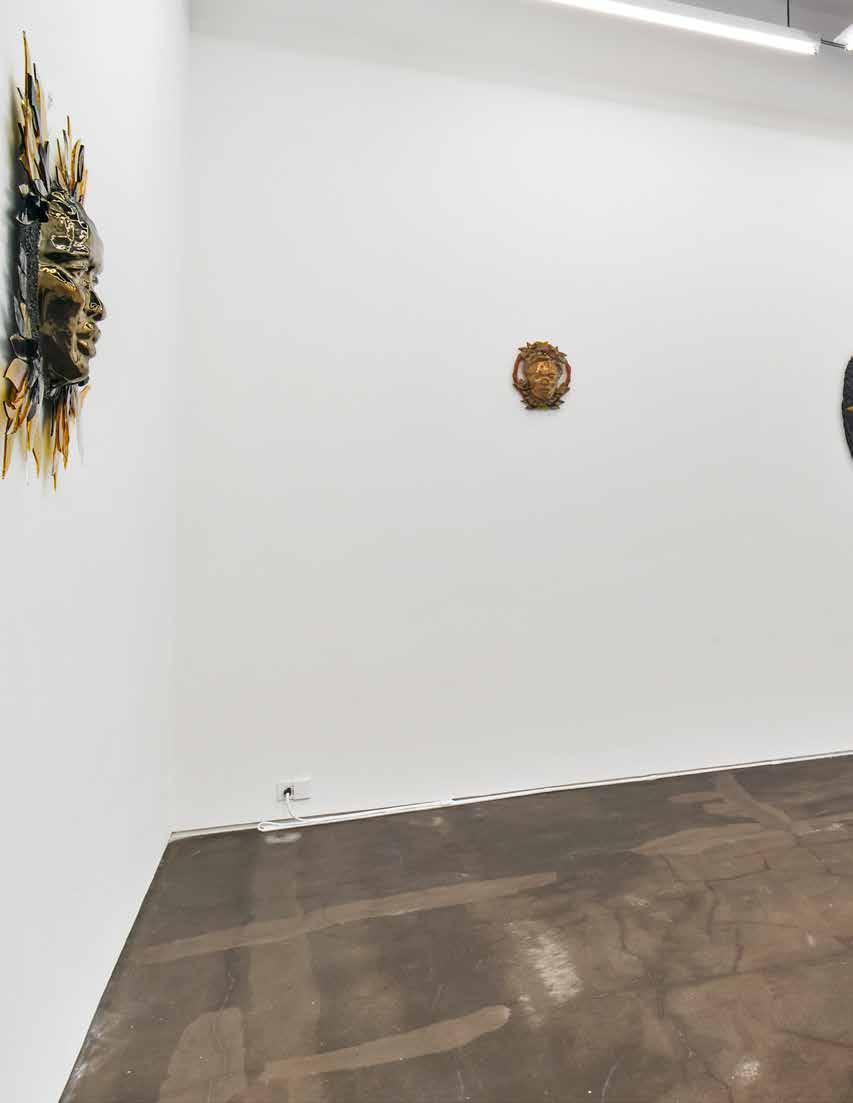


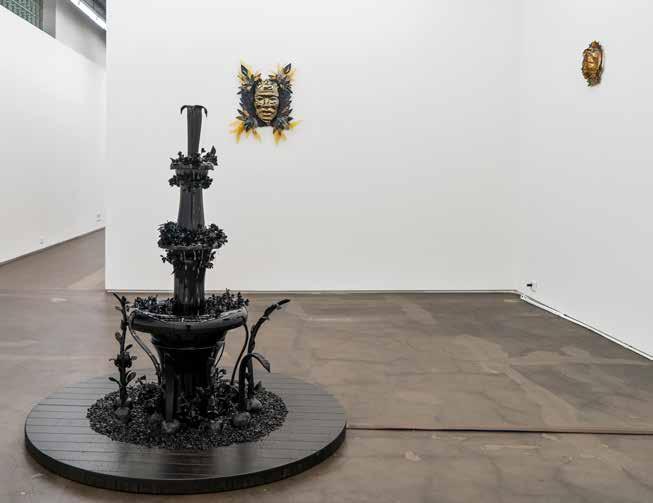


To Have and To Hold V, 2022 kiln formed glass 27 x 25 in 68.6 x 63.5 cm
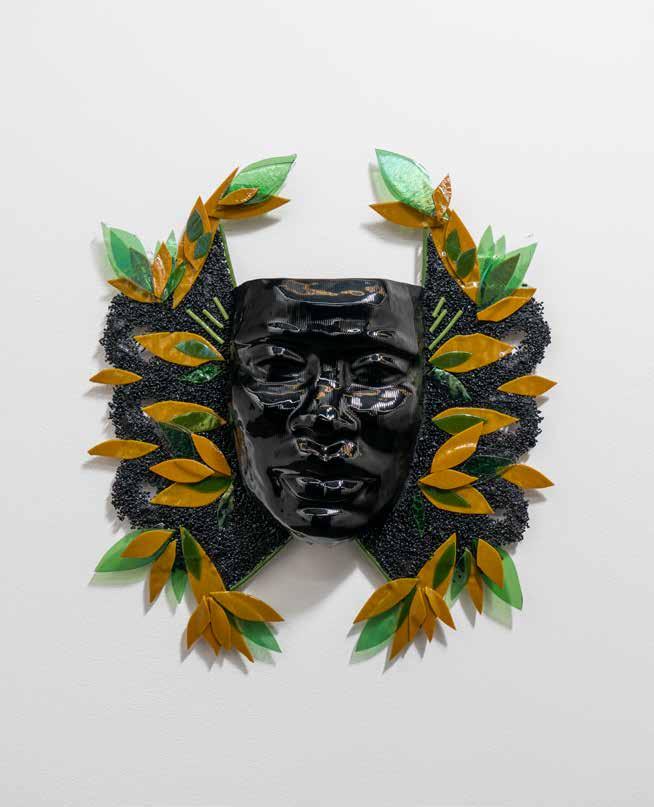


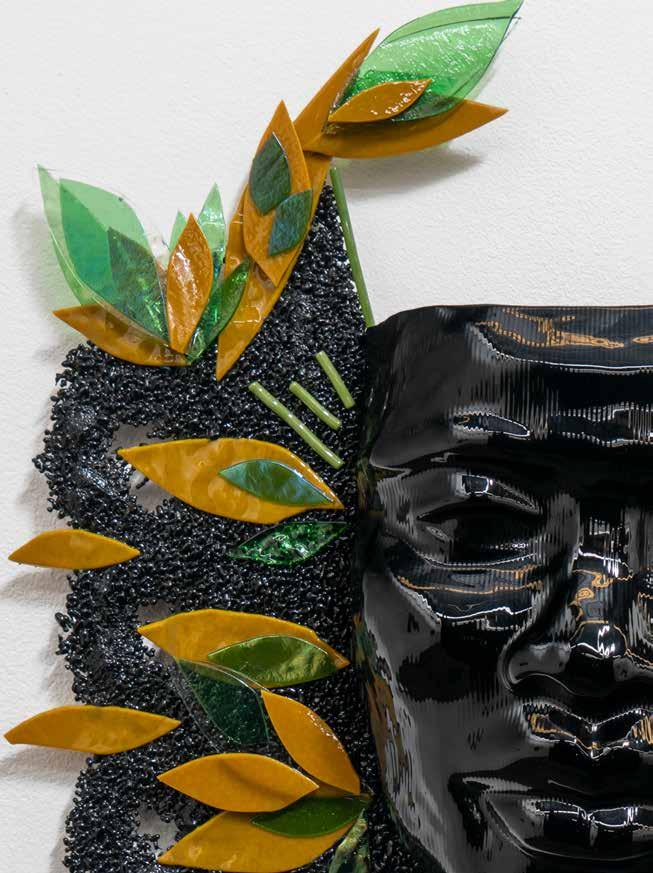
To Have and To Hold II, 2022 kiln formed glass 34 x 22 in 86.4 x 55.9 cm
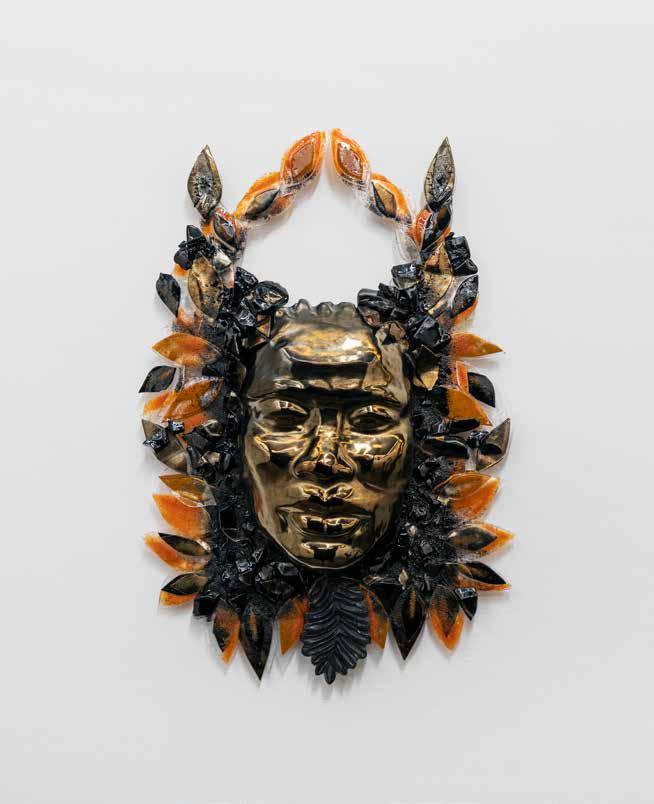
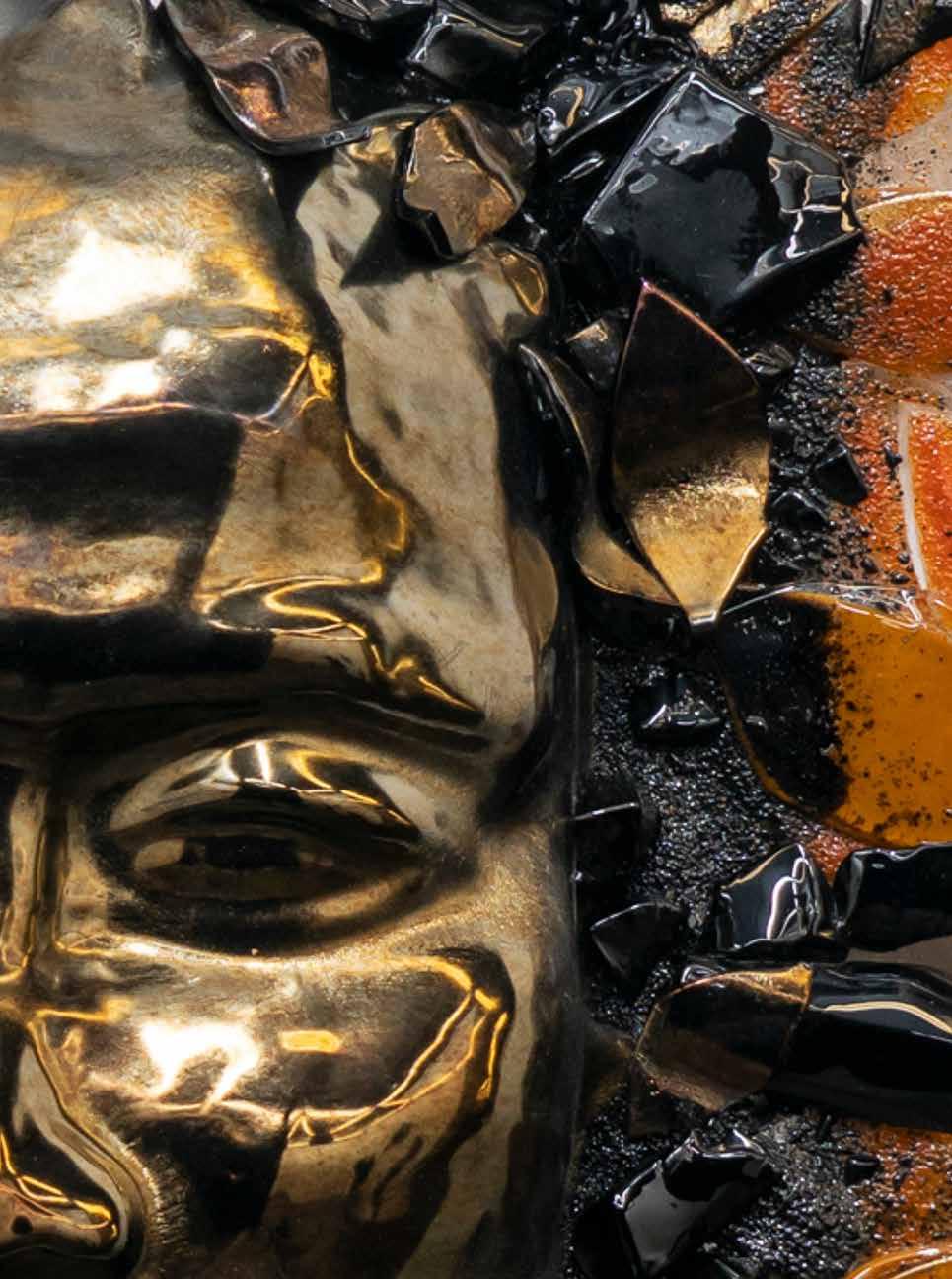
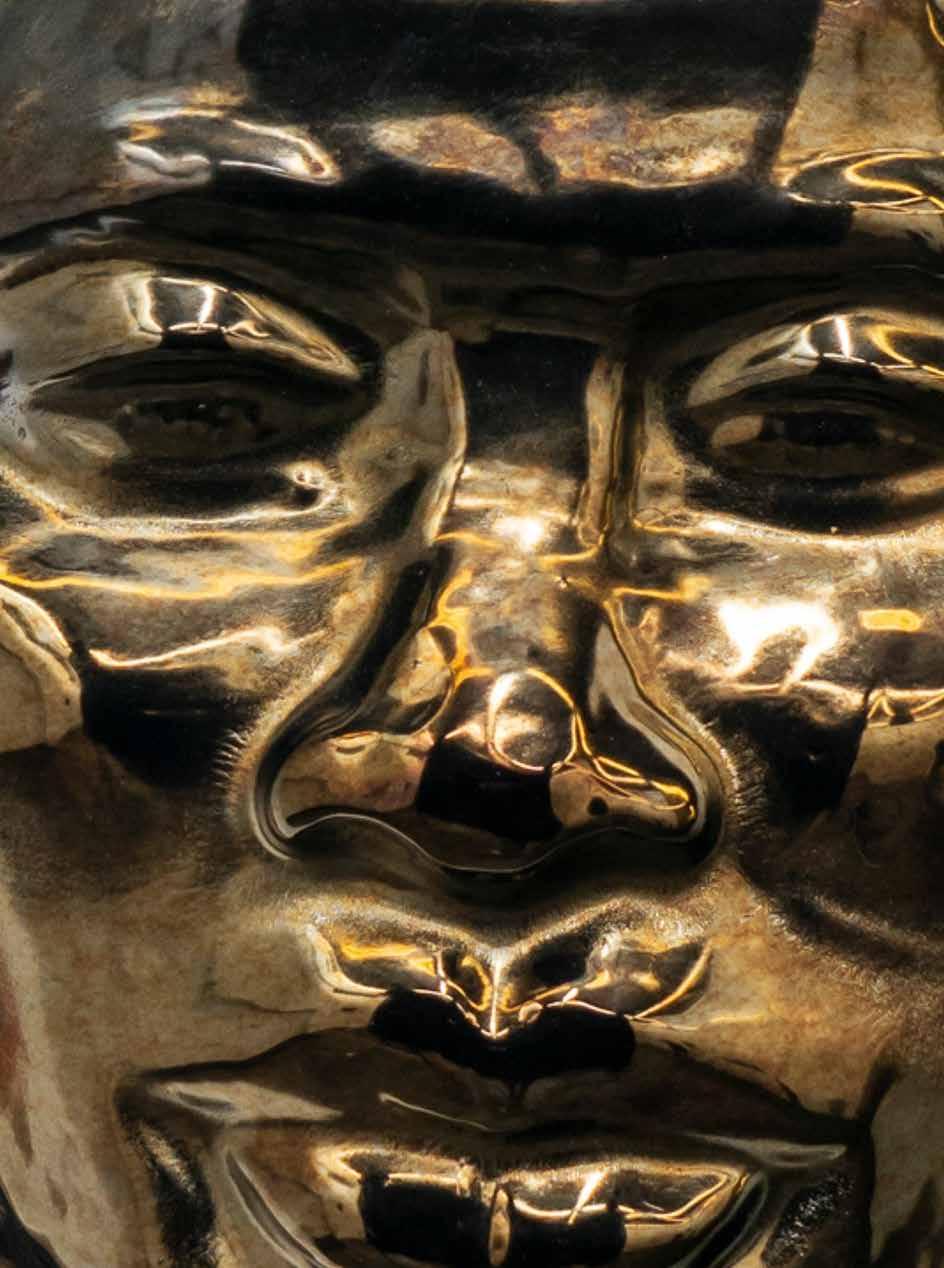

Have and To Hold III, 2022 kiln formed glass 30 x 26 in 76.2 x 66 cm

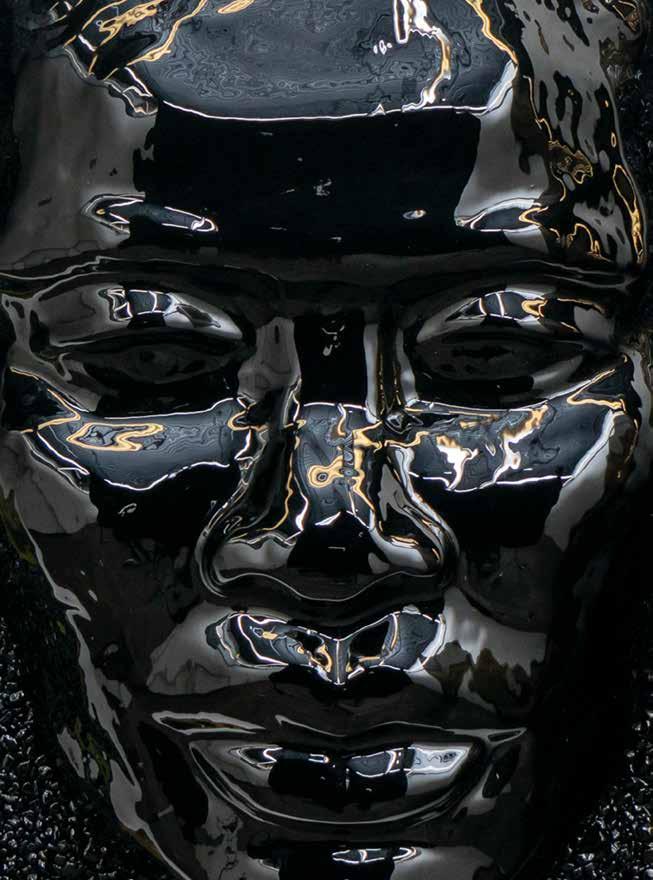
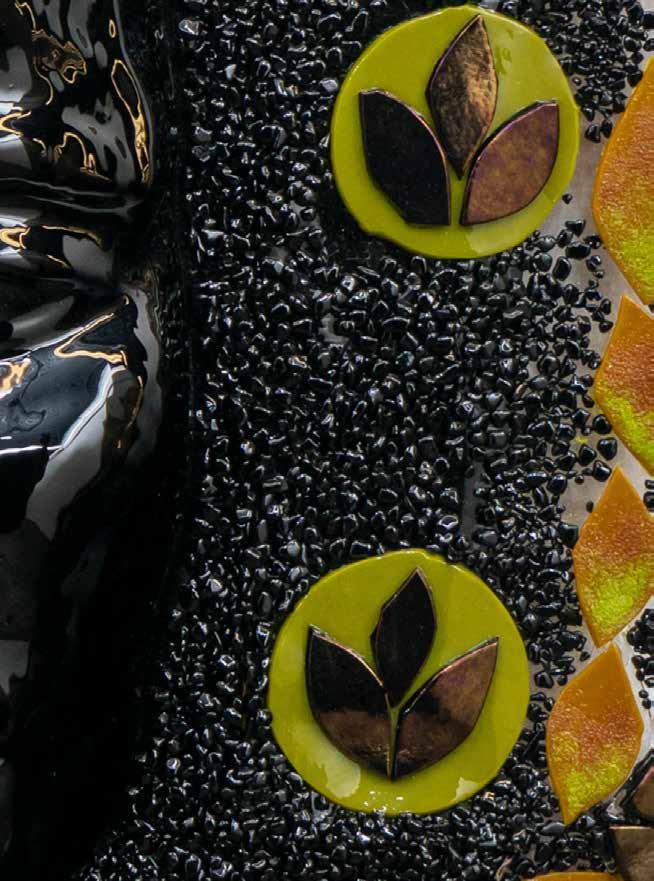
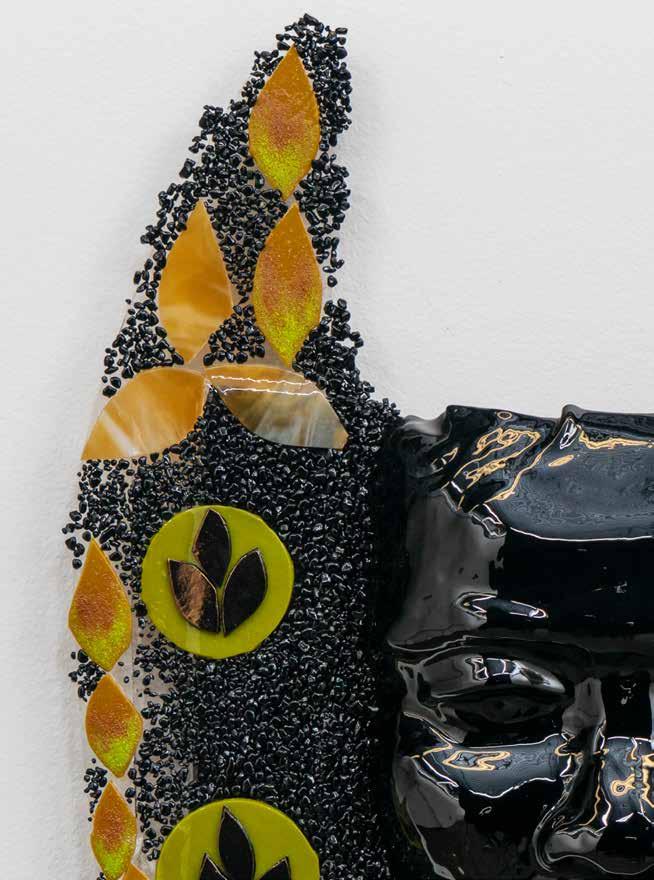
To Have and To Hold I, 2022 kiln formed glass 42 x 34 in 106.7 x 86.4 cm
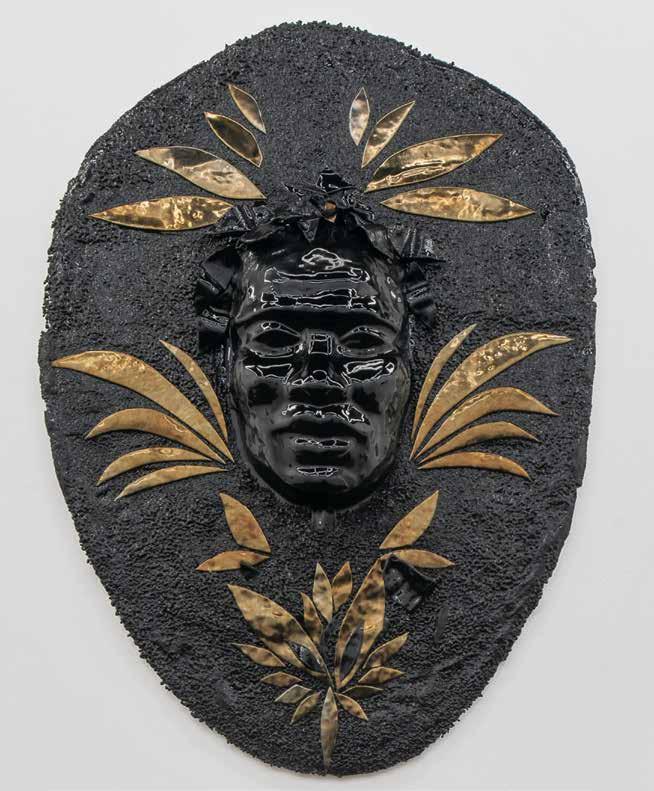
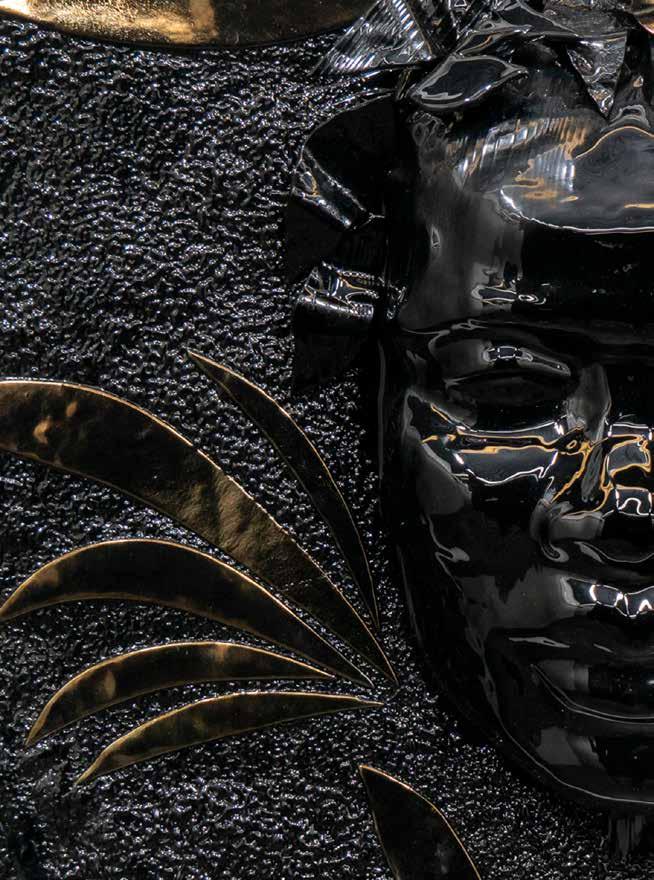
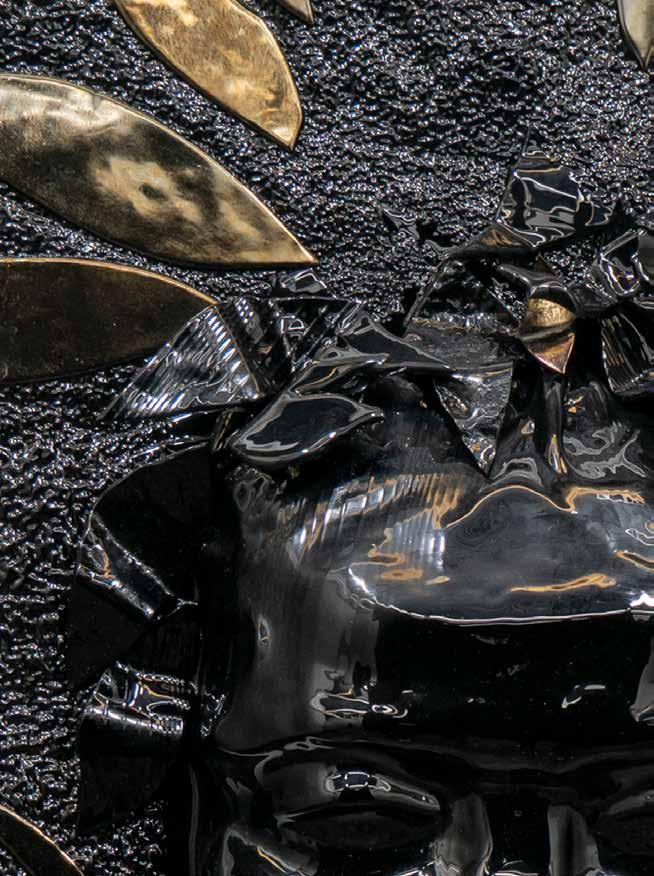

To Have and To Hold IV, 2022 kiln formed glass 36 x 30 in 91.4 x 76.2 cm


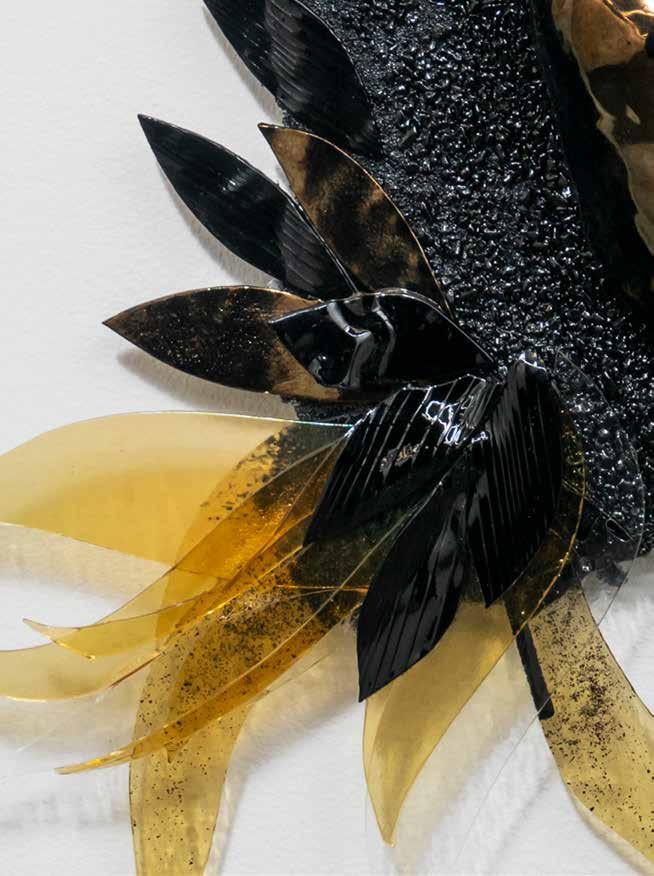

Tinuola (Maiden at Sunrise I), 2022 kiln formed glass 13 x 12 x 4 in 33 x 30.5 x 10.2 cm

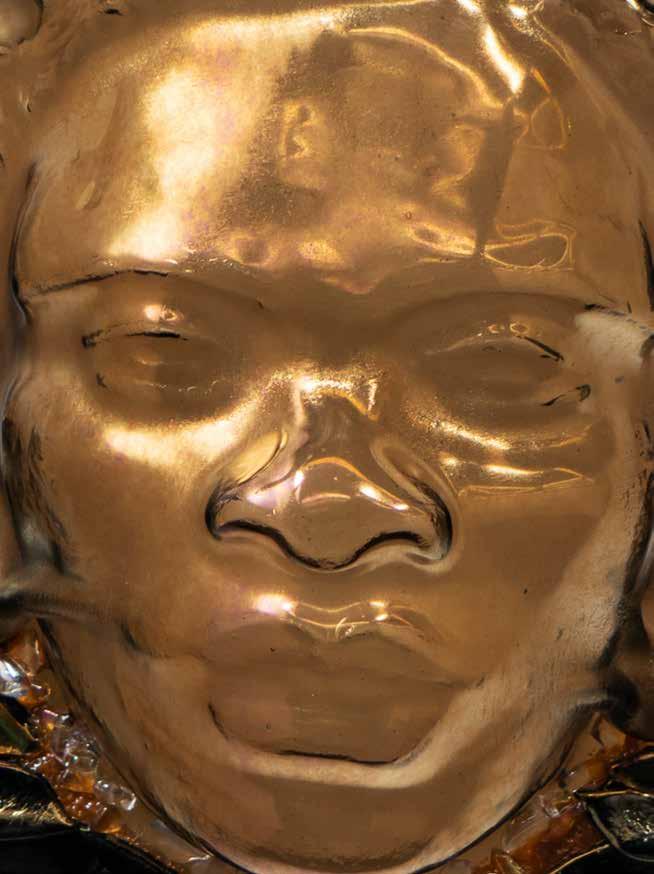


Tinuola (Maiden at Sunrise II), 2022 kiln formed glass 13 x 12 x 4 in 33 x 30.5 x 10.2 cm
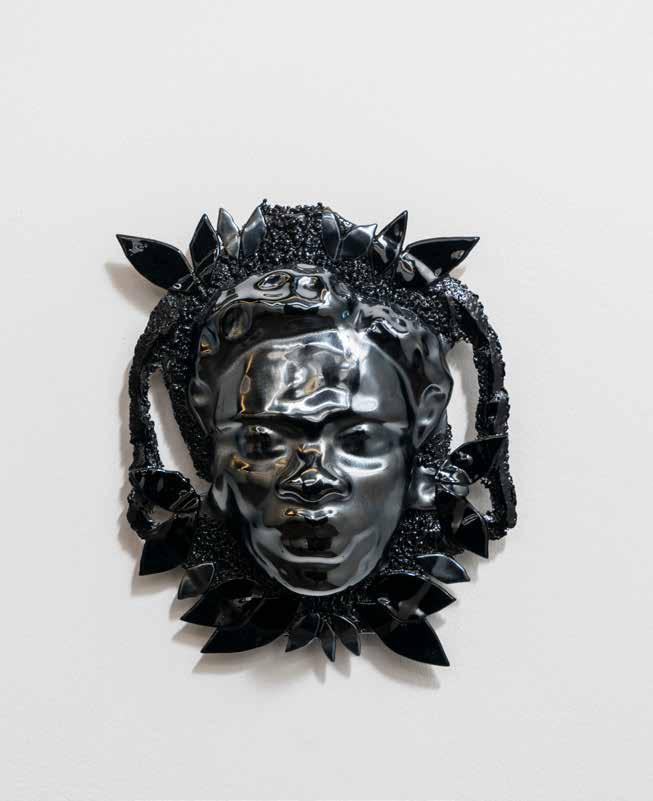
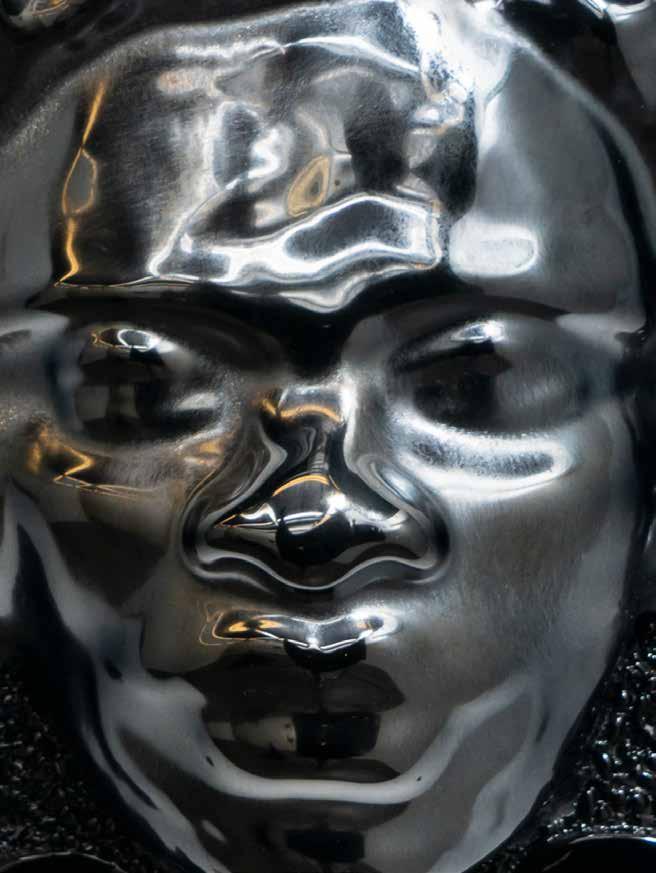

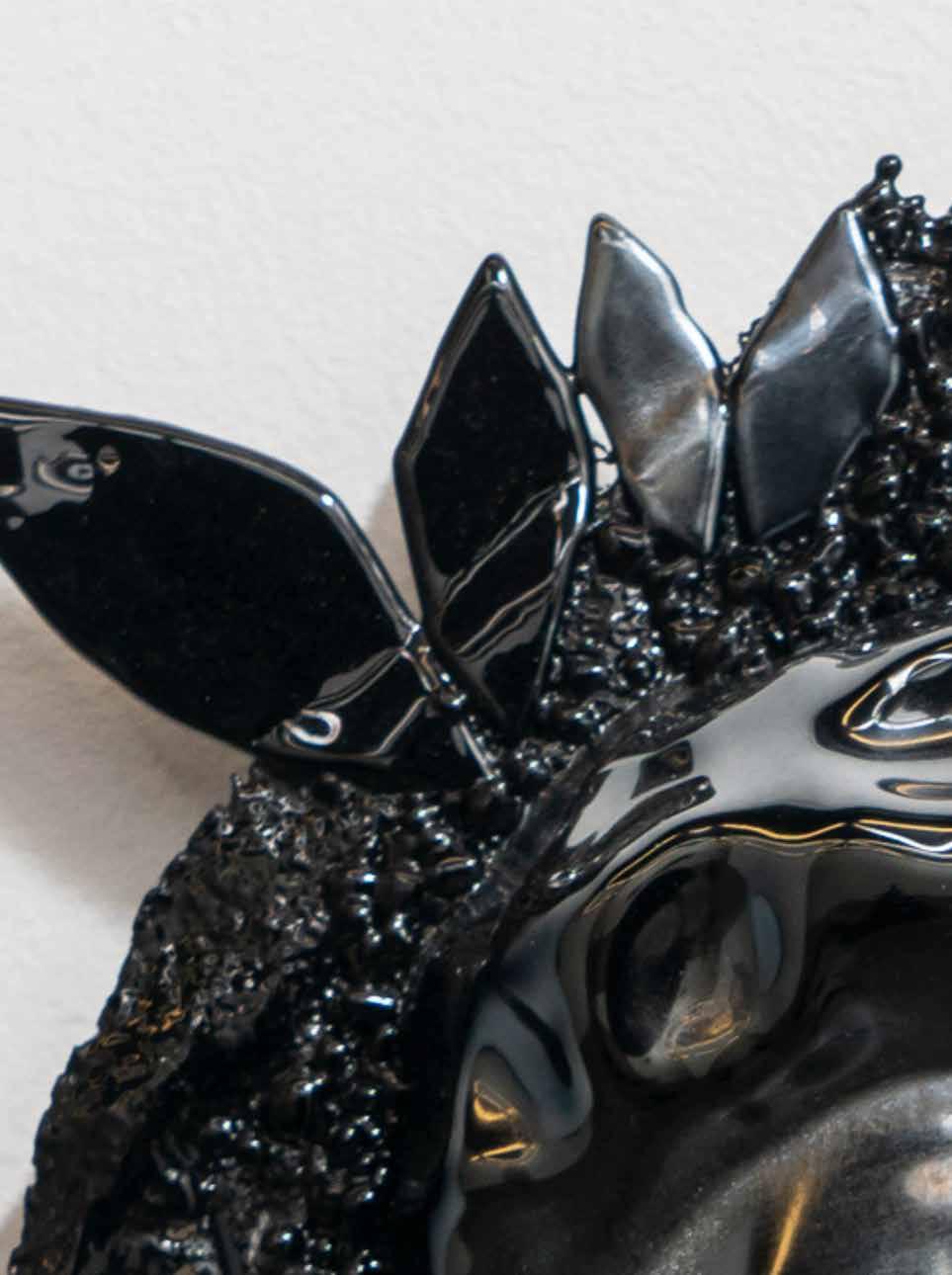
The Thorns and the Roses, 2022 blown, fused, and crushed glass, pump, PVC pipe, water, and mixed media with custom wood pedestal

Fountain: 58 1/2 x 22 x 22 in 148.6 x 55.9 x 55.9 cm
Pedestal: 2 1/2 x 60 x 60 in 6.3 x 152.4 x 152.4 cm
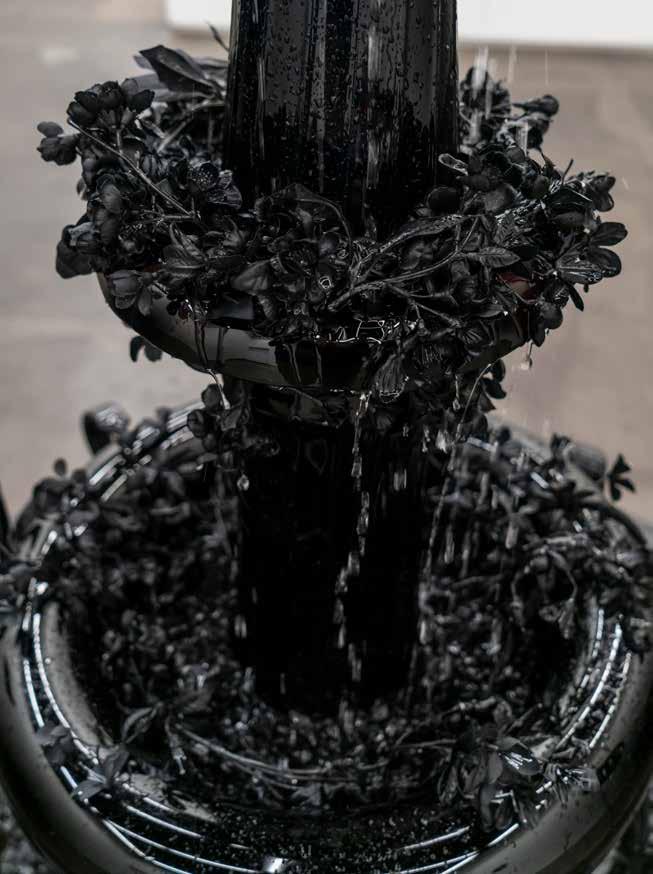

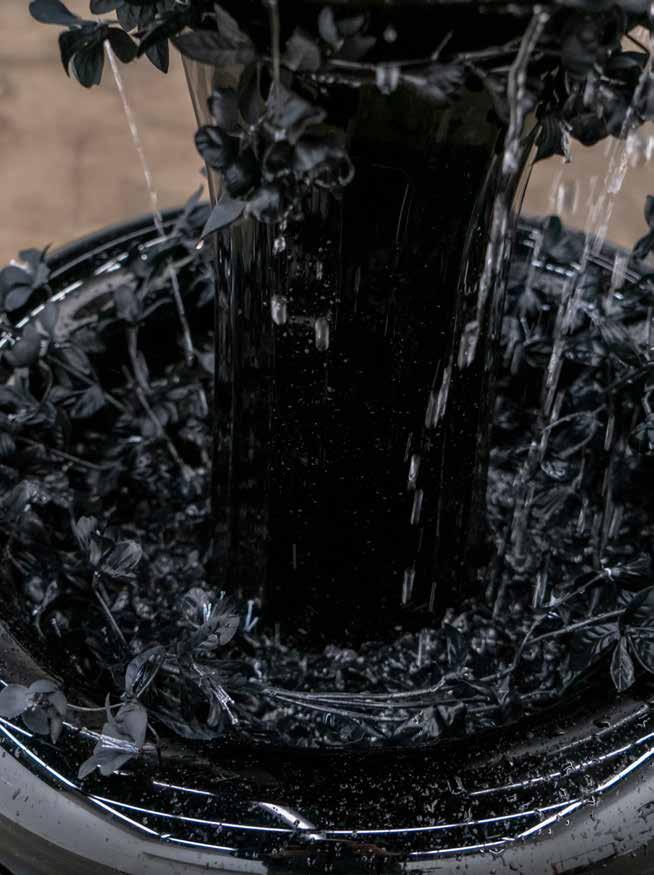
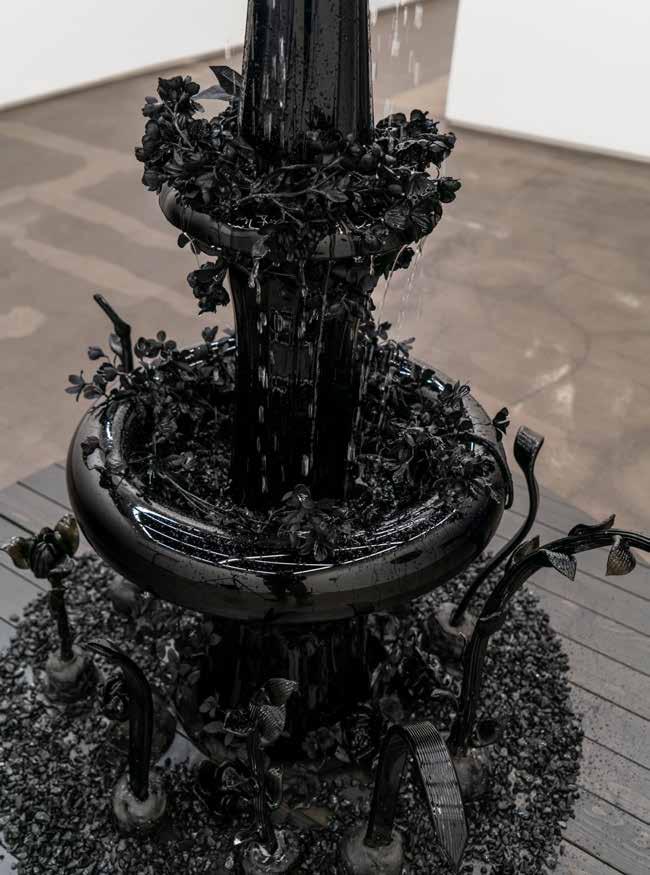
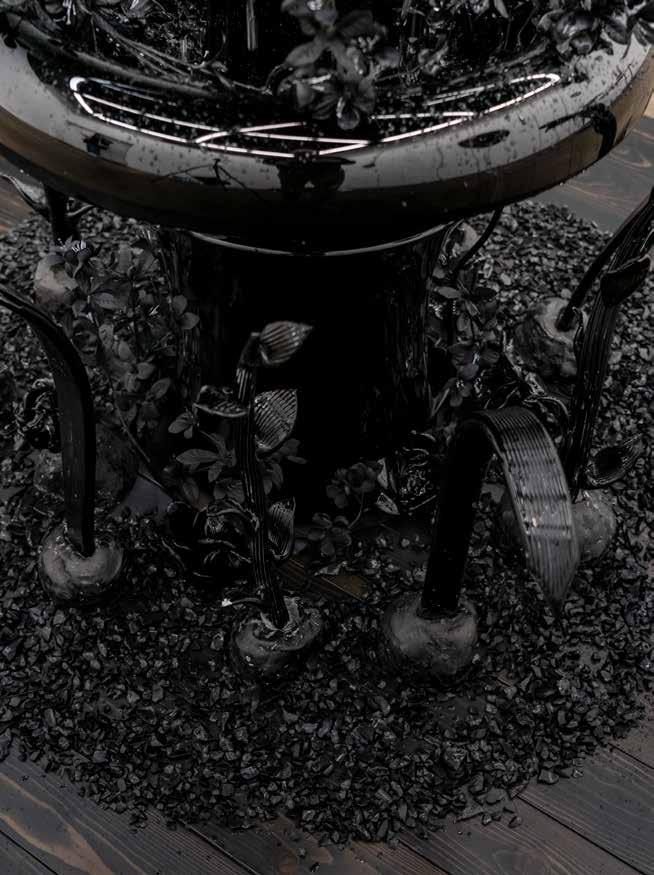
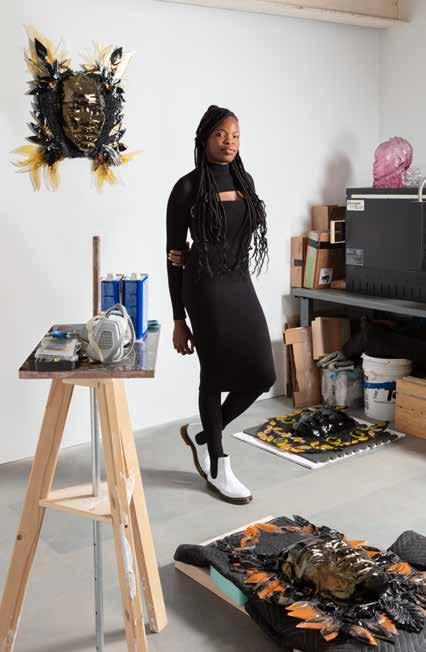
Layo Bright (b.1991, Lagos, Nigeria, lives in New York, NY) received her LL. B (Hons.) from Babcock University (2014), was called to the Nigerian Bar Association (2015) and received her MFA in Fine Art (Hons.) from the Parsons School of Design (2018).
Bright has exhibited work both internationally and nationally. Solo and group exhibitions include: Rockhaven, moniquemeloche, Chiccago, IL (2022); Undercurrents, Sean Kelly Gallery, New York, NY (2022); Lubeznik Center for the Arts, Michigan City, IN (2022); Bode Projects, Berlin, Germany (2022); Phillips, New York, NY (2021); Welancora Gallery, New York, NY (2021); Mike Adenuga Centre, Lagos, Nigeria (2021); Anthony Gallery, Chicago, IL (2021); Parts & Labor, New York, NY (2020); Meyerhoff Gallery at MICA, Baltimore, MD (2020); Untitled AWCA, Lagos, Nigeria (2019); Mana Contemporary, Chicago, IL (2019); and Smack Mellon, New York, NY (2019), among others. In fall of 2023 Bright’s work will be included in, A Two Way Mirror: Double Consciousness in Contemporary Glass by Black Artists, Museum of Glass, Tacoma, WA.
She is the recipient of honors and awards including the UrbanGlass Winter Scholarship Award (2021/2020), the International Sculpture Center’s 2018 Outstanding Student Achievement in Contemporary Sculpture Award (2018), and the Beyoncé Formation Finalist Scholarship (2017). Previous residencies include Tyler School of Glass, Philadelphia, PA; Art Cake Residency in Brooklyn, NY; Nxthvn Fellowship in New Haven, CT; Triangle, Brooklyn, NY; Flux Factory, Queens, NY; The Studios at Mass MoCA, North Adams, MA; Tri-tryagain Studio Residency, Brooklyn, NY; International Studio Center Sculpture Residency at Grounds for Sculpture, Hamilton Township, NJ.
Monique Meloche Gallery is located at 451 N Paulina Street, Chicago, IL 60622
66
For additional info, visit moniquemeloche.com or email info@moniquemeloche.com
